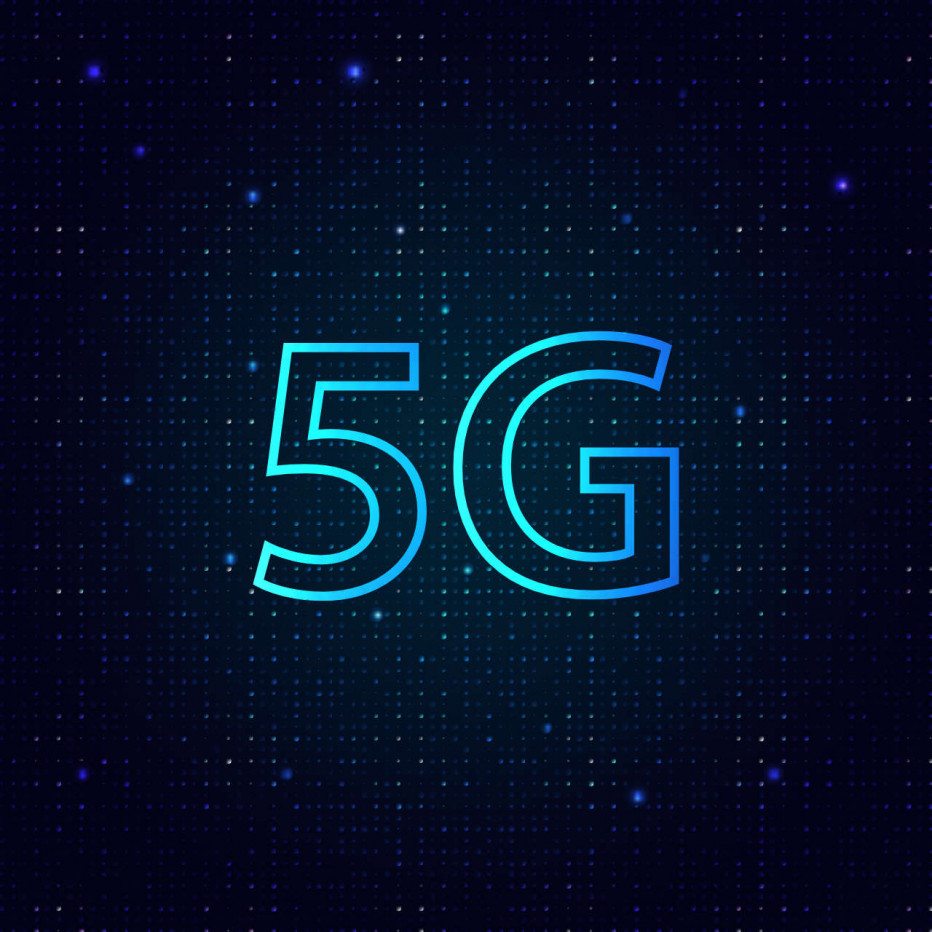Securing 5G Networks and Future of Network Security
That Tesla that just drove by. Heart monitors. The AC in your office. Nothing out of the ordinary, except that over the coming months and years these and many other devices and items that we use everyday will be transformed by the rollout of 5G – a new network technology and not just for telephony.
A very complex technology, 5G is designed to deliver two key benefits: much higher bandwidth with significantly lower latency to many devices. The key driver for 5G performance is the need to connect billions of connected ‘Internet of Things’ devices that will be everywhere: supporting factory and manufacturing automation, smart cities, mobile health and consumer devices in the home, to name just a few of the many envisioned applications.
5G is here: As of April 2019, more than 224 operators in 88 countries are actively investing in 5G, trialling the technology or actively deploying it. If 2019 is the year for network launches, 2020 is when 5G takes off with over a quarter billion devices connected. To deliver high performance and low latency to such a large number of devices requires architectural changes to networks and thus new challenges. One such challenge is security.
Security Implications
IoT devices are generally simple devices with very low power demands and simple processing requirements. They are not complex computing machines. While simple and with limited computing capacity they are still connected to the network and a target for hackers. IoT devices are trivial to attack with a denial of service attacks.
Conversely, should an attacker find a way to control a single IoT device, then they will be able to control the (many) other similar devices on network and other networks. Being able to orchestrate such a large number of devices allows an attacker to conduct DDoS attacks using the IoT devices under their control.
Another consideration is privacy: IoT devices are will be widespread in sensitive areas such as health, connected vehicles and city infrastructure. Should an attacker be able to subvert IoT devices, individuals’ privacy or physical safety may be compromised.
IoT devices are generally simple devices with very low power demands and simple processing requirements. They are not complex computing machines. While simple and with limited computing capacity they are still connected to the network and a target for hackers. IoT devices are trivial to attack with a denial of service attacks. Conversely, should an attacker find a way to control a single IoT device, then they will be able to control the (many) other similar devices on network and other networks. Being able to orchestrate such a large number of devices allows an attacker to conduct DDoS attacks using the IoT devices under their control. Another consideration is privacy: IoT devices are will be widespread in sensitive areas such as health, connected vehicles and city infrastructure. Should an attacker be able to subvert IoT devices, individuals’ privacy or physical safety may be compromised.
Securing 5G
The very benefits of increased performance and lower latency can be used to subvert 5G. Rawstream has been at the forefront of network security for years and we are working on an update for Rawstream Network Security to deal with the security implications of 5G. Leveraging our research and proprietary technology, organisations rolling out IoT devices across their networks will be able to protect the IoT devices.
The technology will be available in the coming weeks. Drop us an email at hello@rawstream.com if you’d like to be notified.






